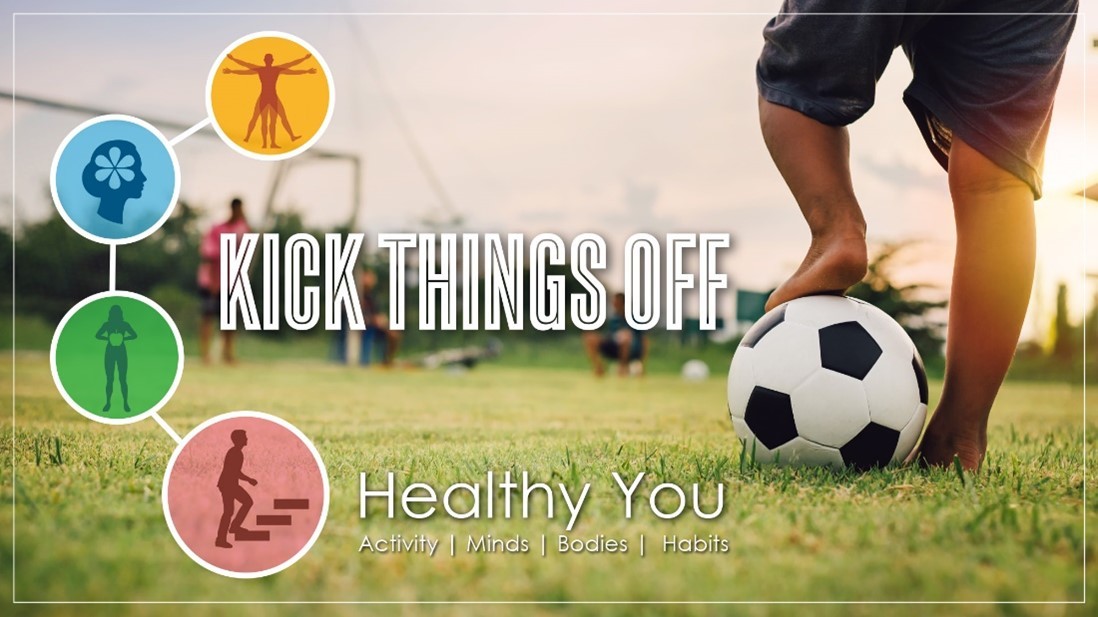Is today your day to quit tobacco?
Here’s a bit of trivia you may not know about the American Cancer Society’s Great American Smokeout (GASO), which is today, Nov. 17!
The idea for the event grew from a 1970 scholarship fundraiser started by a high school guidance counselor who also came up with this slogan, “Light up a student’s future, not a cigarette.” Participants gave up cigarettes for a day and donated the money to the high school, according to the American Cancer Society’s history of the event.
By 1977, GASO was a national event, and now it’s an annual phenomenon, held on the third Thursday of November.
It’s not just for people who smoke cigarettes. GASO is a day of support for anyone who wants to try to quit tobacco products. That includes people who smoke cigarettes, cigars, pipes, hookah or other combustibles, people who vape or use e-cigarettes, and users of chewing tobacco, iqmik, snuff and other smokeless products, including synthetic (“tobacco-free”) nicotine, all of which carry health risks.
GASO is now supported by scores of community events and resources and statewide services-- like Alaska’s Tobacco Quit Line, which offers proven quit strategies like quit counseling and nicotine replacement therapy.

Let Nov. 17 be the start of your quit story.
Quitting for just one day prepares people to quit tobacco for good. In Alaska, two out of three adults who smoke say they want to quit. Is this your year to try? (If so, tap here and click “Start Day One.”)
Mastering the ‘Mini-quit’
How and why can one day make a difference?
“The Great American Smokeout is a chance for communities to support each other through a ‘mini quit’ challenge,” says Christy Knight, program manager for Alaska’s Tobacco Prevention and Control Program.
For some people, Nov. 17 will be Day One of a tobacco-free future, but for many people, it’s a chance to practice quitting, which is equally important.
Quitting tobacco can be hard, not only because nicotine is addictive, but because of the many daily routines that go along with using it. For instance, people who smoke may have the routine of smoking to relax after they put the kids to bed or having a cigarette in their hand whenever they grab the keys to drive the car.
A “mini-quit” – whether it’s during the Smokeout, or on New Year’s, or some other special date – can help identify these triggers, routines and rewards. Or it can be a time to practice new routines that may work for you.
As we said in a previous blog, “In Changing times, set small goals,” don’t judge your actions, but watch yourself like a scientist. Pay attention, and jot down notes: What triggers your addiction (makes you crave doing it)? What routines have you built around it? What were you doing right before you caught yourself reaching for your cigarettes? What’s your reward?
The answers may surprise you. For example, maybe you thought you smoked outside after dinner to relax. During your mini-quit, you might realize what you really liked was having quiet time to yourself outside. That gives you the idea to replace the routine with an after-dinner walk.
The best thing about a mini-quit? It’s a time-limited and risk-free. Even if you don’t meet your goal, you are learning more about what works for you – and what does not.

Practice makes perfect
Quitting can take a few tries. Whether you think of today as your quit date or as just a trial run, what’s important is that you don’t quit quitting – and you learn from each attempt.
“I’ve quit more times than I can remember, said Raymond, of Yakutat. Many other Alaskans like Raymond have used the free support from Alaska’s Tobacco Quit Line to quit for good.
Alaska’s Tobacco Quit Line offers free proven quit strategies, like nicotine replacement therapy and support from a quit coach to help you through cravings and slips. For some people, quitting can take many tries, and the quit line can help you prepare with a quit plan personalized each time. You get support the way that works best for you, whether it’s through quit coaching over the phone or online, supportive text messages, or emails.
With the help of Alaska’s Tobacco Quit Line and tribal health services, Raymond kept trying to quit. Eventually, he learned what worked for him. “I put a patch on and that was the last time I smoked and it’s largely a result of working with the tobacco quit line,” he shares.
Other Alaskans who quit using Alaska’s Tobacco Quit Line include Chuck and Malinda. Once they quit, they used money that they saved by not smoking to take their family on a trip to Hawaiʻi. Another Alaskan, Aryiana, says it took her about 10 different times, but she finally succeeded. “I don’t think I could’ve done it without the Quit Line. They’re really helpful and I would tell everybody to call them” Aryiana said.

An environment of change
GASO is a great day to try a one-day mini-quit. The American Cancer Society and Alaska’s Tobacco Quit Line are ready to share resources, answer your questions, and provide many options for quit support.
Every year GASO helps raise awareness and provide education about quitting tobacco – and connects people to resources to help them quit successfully.
According to the American Cancer Society, effective quitting starts with these three steps:
- Decide to quit, including a quit date (like Nov. 17).
- Make a plan to manage your day without smoking (or tobacco or e-cigarette products).
- Talk to your doctor or pharmacist about your plan.
The Alaska Quitline offers more tips to quit successfully.
Whether you’re quitting for the first time or the 15th, call 1-800-QUIT-NOW, text “READY” to 200-400, or click to enroll online and increase your chances of quitting for good. You can also talk to your health care provider about referring you to the Quit Line. The Quit Line offers customizable services including free nicotine-replacement therapies like gum or patches, talking with a quit coach over the phone or online, helpful text messages, a quit kit, and more. Visit alaskaquitline.com to learn more.
Learn more by visiting the GASO website, and if you’re using tobacco, we hope you try a mini-quit this year, or make it your Day One!
|